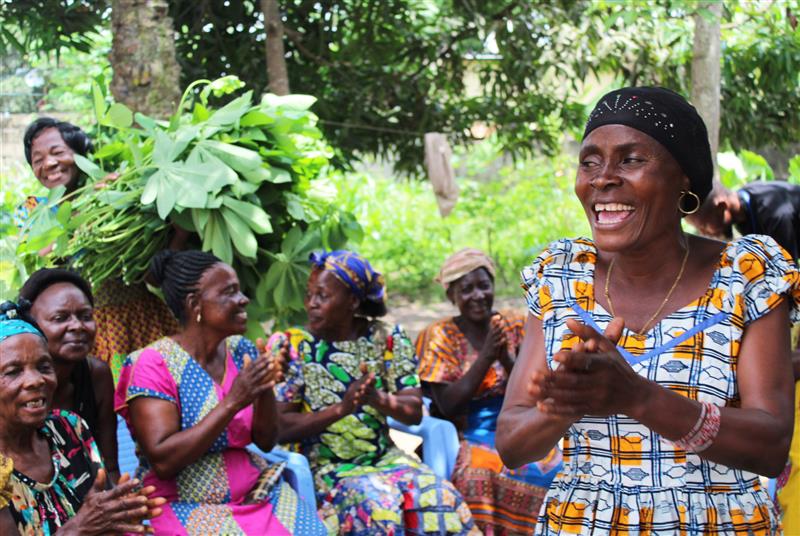Publications
Community engagement for inclusive rural transformation and gender equality
The FSN Forum calls for best practices on community engagement

©FAO/C. Monsieur
Community engagement is now recognized as a critical component of international development practice and humanitarian assistance.
Based on previous knowledge-sharing opportunities, FAO's Rural Transformation and Gender Equality Division has launched a call for submissions to invite stakeholders to share good practices and views on community engagement for inclusive rural transformation and gender equality.
The FSN Forum – FAO’s open, neutral platform for multistakeholder dialogue – has made available a space where you can contribute by sharing strategies, interventions, approaches/methodologies, or innovations on the topic.
To participate in the call for submissions, click here. Contributions are welcome in English, French and Spanish. The call is open until 27 November 2024.
Here's a selection of titles that might guide your contribution. For the complete list of references, please refer to the submission page.
The status of women in agrifood systems
Agrifood systems are a significant source of employment and livelihoods for women – often more so than for men. This report analyses the sources of inequality that constrain women’s participation, well-being and empowerment in the sector. It describes policies and approaches that have supported gender equality, and how women’s equal participation in agrifood systems can transform individual and global outcomes.
Gender transformative approaches for food security, improved nutrition and sustainable agriculture - A compendium of fifteen good practices
These fifteen approaches address gender inequality issues, including unequal workloads, gender-based violence and women’s unequal access to resources. The compendium also includes ideas on how to scale up gender transformative approaches.
The unjust climate − Measuring the impacts of climate change on rural poor, women and youth
This report assembles data from twenty-four countries to measure the effects of climate change on rural women, youths, and people living in poverty. These data enable us to disentangle how different types of climate stressors affect people’s on-farm, off-farm and total incomes, as well as their labour allocations and adaptive actions, depending on their wealth, gender and age characteristics.
See also
- Guidance note: Community engagement in Anticipatory Action
- Status of community-based forestry and forest tenure in the United Republic of Tanzania
